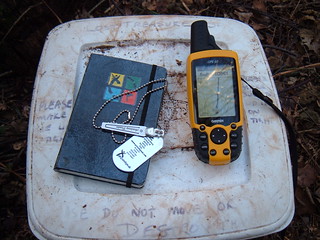 In regards to the Lesson Outcomes that we looked at in the beginning of the semester, I can definitely say that we covered all of them throughout the course. In completing our Collaborative Lesson Plan, we addressed the outcomes of developing an Internet based project incorporating technology, as well as creating ways to help English Language Learners through technological tools and teaching methods. Through the Discussion Boards we participated in over the semester, we addressed the learning outcomes of selecting tools that would be beneficial for special and diverse learners, identifying and researching ethical and legal issues for using technology in a classroom, and lastly analyzing websites based on national and state educational resources. Through creating our teacher webpage and portfolio I was able to address the learning outcome of reflecting on ways that I would use technology in a classroom, and how I would teach in a K-12 classroom. Last but not least, through reviewing a website of my choice, I was able to address the outcome of evaluating and critiquing software tools that could possibly be used in a classroom setting. It has been a great semester, and the resources that I learned about in this class, such as KaHoot, Delicious, Wordle, and Wikispaces, will be things that I use in my classroom when I finally become a teacher. Thank you for a great year, and everything that you taught me! :)
In regards to the Lesson Outcomes that we looked at in the beginning of the semester, I can definitely say that we covered all of them throughout the course. In completing our Collaborative Lesson Plan, we addressed the outcomes of developing an Internet based project incorporating technology, as well as creating ways to help English Language Learners through technological tools and teaching methods. Through the Discussion Boards we participated in over the semester, we addressed the learning outcomes of selecting tools that would be beneficial for special and diverse learners, identifying and researching ethical and legal issues for using technology in a classroom, and lastly analyzing websites based on national and state educational resources. Through creating our teacher webpage and portfolio I was able to address the learning outcome of reflecting on ways that I would use technology in a classroom, and how I would teach in a K-12 classroom. Last but not least, through reviewing a website of my choice, I was able to address the outcome of evaluating and critiquing software tools that could possibly be used in a classroom setting. It has been a great semester, and the resources that I learned about in this class, such as KaHoot, Delicious, Wordle, and Wikispaces, will be things that I use in my classroom when I finally become a teacher. Thank you for a great year, and everything that you taught me! :)Maloy, Robert, Verock-O’Loughlin,Ruth-Ellen, Edwards, Sharon A., and Woolf, Beverly Park (2013). Transforming Learning with New Technologies. 2nd Edition. Boston, MA: Pearson Education, Inc.


